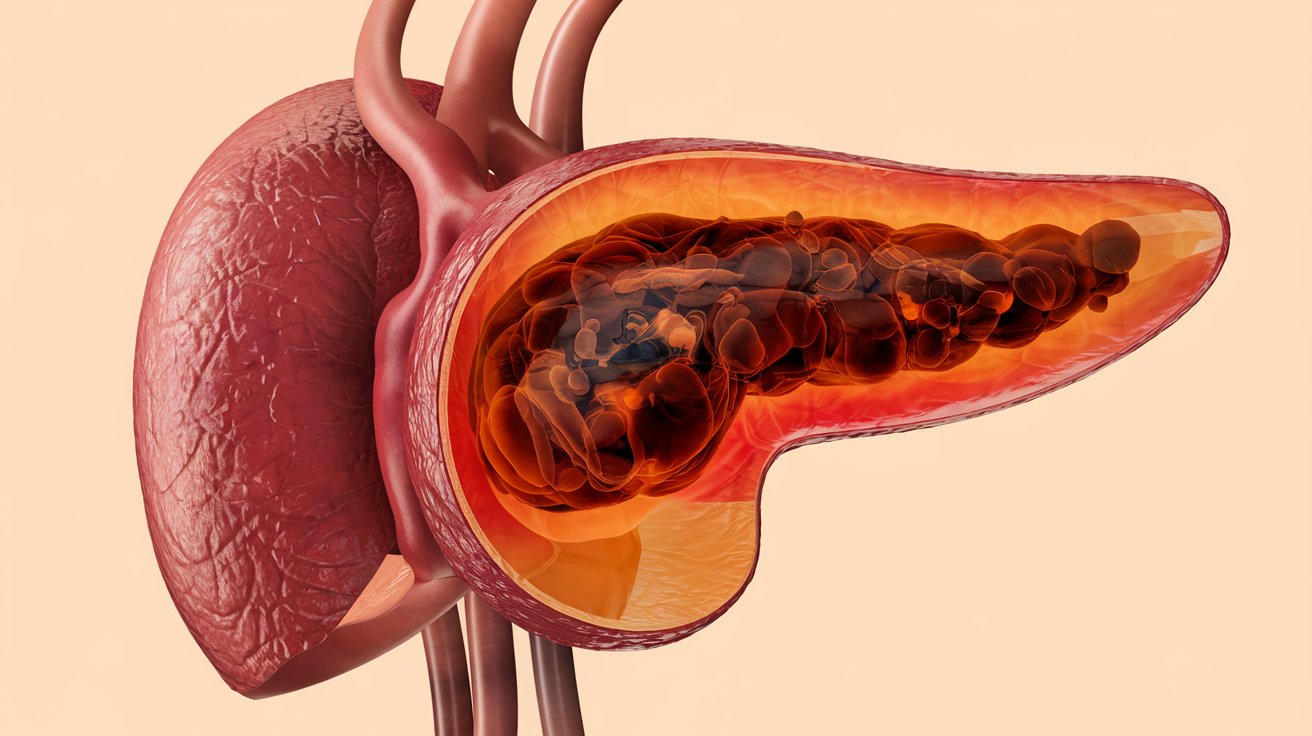
Michels Syndrome, also known as oculopalatoskeletal syndrome, is a rare genetic disorder that affects multiple parts of the body. Characterized by distinct facial features, eye anomalies, and skeletal defects, this condition is inherited in an autosomal recessive manner. First described in 1978, Michels Syndrome presents with a unique set of symptoms, including blepharophimosis (small eyelids), blepharoptosis (drooping eyelids), and epicanthus inversus (skin fold covering the inner eye corner). Individuals may also experience developmental delays, cleft lip and palate, and other physical anomalies. Understanding Michels Syndrome is crucial for early diagnosis and effective management. Here are 25 key facts to help you grasp the essentials of this complex condition.
Key Takeaways:
- Michels Syndrome is a rare genetic disorder with distinct facial, skeletal, and eye anomalies. It can impact vision, cognitive development, and hearing, requiring comprehensive care from specialists.
- Genetic testing is crucial for diagnosing Michels Syndrome. Management involves a multidisciplinary approach, addressing developmental delays, hearing loss, and associated anomalies through surgical interventions and regular follow-up with specialists.
Understanding Michels Syndrome
Michels syndrome, also known as oculopalatoskeletal syndrome, is a rare genetic disorder. It presents a unique set of physical and developmental anomalies. Let's dive into some key facts about this condition.
-
Definition and Classification: Michels syndrome is an autosomal recessive disorder. This means an individual must inherit two copies of the mutated gene, one from each parent, to express the condition.
-
Clinical Features: The primary clinical features include blepharophimosis (small eyelids), blepharoptosis (drooping eyelids), and epicanthus inversus (a fold of skin covering the inner corner of the eye). These features can significantly affect vision.
Facial and Skeletal Anomalies
Individuals with Michels syndrome often exhibit distinct facial and skeletal anomalies. These features can vary widely but are crucial for diagnosis.
-
Facial Dysmorphism: Common facial anomalies include a high and wide forehead, large frontal fontanel, and a broad nasal bridge. Some may also have a low-hanging columella and a receding jaw.
-
Skeletal Anomalies: Skeletal issues are common, such as craniosynostosis (premature fusion of skull bones) and radioulnar synostosis (fusion of the radius and ulna in the forearm). These can lead to asymmetry in the skull and other skeletal structures.
Eye and Oral Anomalies
Eye and oral anomalies are hallmark features of Michels syndrome. These can significantly impact an individual's quality of life.
-
Eye Anomalies: Developmental defects of the anterior segment of the eye, such as cataracts or glaucoma, are common. Vision problems like hypertelorism (increased distance between the eyes) and telecanthus (increased distance between the inner eye corners) are also prevalent.
-
Cleft Lip and Palate: Cleft lip and palate are frequent features. The cleft can be unilateral or bilateral and may be associated with other oral and facial anomalies.
Developmental and Genetic Aspects
Michels syndrome also affects cognitive development and has a strong genetic basis. Understanding these aspects is crucial for managing the condition.
-
Developmental Delays: Individuals may experience developmental delays, particularly in cognitive development. Some may exhibit mild mental retardation or intellectual disability.
-
Consanguineous Marriage: The syndrome often occurs in families with a history of consanguineous marriage, where first cousins or other close relatives marry. This increases the likelihood of inheriting recessive genetic traits.
-
Symptoms at Birth: Newborns may exhibit symptoms such as feeding difficulty, frequent vomiting, and pyloric stenosis. Some may require surgical intervention early in life due to gastric rupture or other complications.
-
Genetic Basis: The genetic basis involves mutations in genes related to the lectin complement pathway. Specifically, mutations in MASP1, COLEC11, and COLEC10 have been identified.
The Lectin Complement Pathway
The lectin complement pathway plays a crucial role in the development of Michels syndrome. Defects in this pathway can lead to various anomalies.
-
Lectin Complement Pathway: This pathway is crucial for the proper migration of cranial neural crest cells (CNCC) during embryonic development. Defects can lead to issues in the morphogenesis of facial and cranial tissues, hormone-producing glands, and parts of the nervous system.
-
Phenotypic Variability: Despite the classical triad of blepharophimosis, blepharoptosis, and epicanthus inversus, individuals can exhibit a wide range of phenotypic variability. Some may have additional features like cleft lip and palate, umbilical hernia, and cardiac anomalies.
Cognitive and Sensory Impairments
Cognitive and sensory impairments are common in Michels syndrome. These can significantly affect an individual's daily life.
-
Cognitive Impairment: Cognitive impairment is common. Individuals may experience developmental delays and intellectual disability, although the severity can vary widely.
-
Hearing Loss: Hearing loss ranges from mild to severe and may be associated with other ear anomalies like otosclerosis or sensorineural hearing loss.
Additional Anomalies
Michels syndrome can also involve other anomalies, including cardiac, urogenital, and abdominal defects.
-
Cardiac Anomalies: Less common but can include conditions like patent ductus arteriosus (PDA) and ventricular septal defect (VSD).
-
Urogenital Anomalies: Urogenital anomalies such as hypospadias, cryptorchidism, and renal anomalies have been reported.
-
Abdominal Defects: Abdominal defects like umbilical hernia and hypoplastic abdominal muscles have been observed in some cases.
Psychological and Anesthetic Considerations
Managing Michels syndrome involves addressing psychological development and considering specific anesthetic implications.
-
Psychological Development: Delays in psychological development can manifest as behavioral issues or learning disabilities.
-
Anesthetic Considerations: Due to craniosynostosis, raised intracranial pressure cannot be excluded. Anesthetic management should include monitoring creatinine and blood urea nitrogen levels.
-
Pharmacological Implications: No specific pharmacological implications for anesthesia exist, but careful consideration of the patient's overall health and potential complications is essential.
Related Conditions and Incidence
Understanding related conditions and the incidence of Michels syndrome helps in better diagnosis and management.
-
Other Conditions to Consider: Other conditions within the 3MC syndrome spectrum include Malpuech syndrome, Carnevale syndrome, and OSA syndrome. These share overlapping phenotypic features and are also inherited in an autosomal recessive manner.
-
Incidence: The exact incidence remains unknown. However, it is considered a rare condition, with most reported cases from families with a history of consanguineous marriage.
Case Reports and Genetic Testing
Case reports and genetic testing are crucial for diagnosing and understanding Michels syndrome.
-
First Case Report from India: The first documented case in India was reported in 2014. This case highlighted the importance of recognizing this rare condition for managing eye conditions and systemic anomalies.
-
Genetic Testing: Genetic testing is crucial for diagnosis. Whole-exome sequencing can identify mutations in the MASP1, COLEC11, and COLEC10 genes responsible for the condition.
Management and Treatment
Managing Michels syndrome involves a multidisciplinary approach to address various anomalies and improve the quality of life.
- Management and Treatment: Management is primarily supportive, addressing developmental delays, hearing loss, and other associated anomalies. Surgical interventions may be necessary for conditions like cleft lip and palate or craniosynostosis. Regular follow-up with specialists such as pediatricians, ophthalmologists, and geneticists is essential for comprehensive care.
Key Takeaways on Michels Syndrome
Michels syndrome, a rare autosomal recessive disorder, presents a unique set of challenges. Characterized by blepharophimosis, blepharoptosis, and epicanthus inversus, it also includes skeletal anomalies, cleft lip and palate, and developmental delays. Genetic mutations in the lectin complement pathway are the culprits, affecting cranial neural crest cell migration during embryonic development. Families with a history of consanguineous marriage are more likely to encounter this condition.
Early diagnosis through genetic testing is crucial for managing symptoms and planning interventions. Treatment focuses on supportive care, addressing developmental delays, hearing loss, and other anomalies. Regular follow-ups with specialists ensure comprehensive care. Recognizing Michels syndrome's distinct features aids in early intervention, improving the quality of life for those affected. Understanding this condition helps families and healthcare providers navigate its complexities more effectively.
Frequently Asked Questions
Was this page helpful?
Our commitment to delivering trustworthy and engaging content is at the heart of what we do. Each fact on our site is contributed by real users like you, bringing a wealth of diverse insights and information. To ensure the highest standards of accuracy and reliability, our dedicated editors meticulously review each submission. This process guarantees that the facts we share are not only fascinating but also credible. Trust in our commitment to quality and authenticity as you explore and learn with us.


